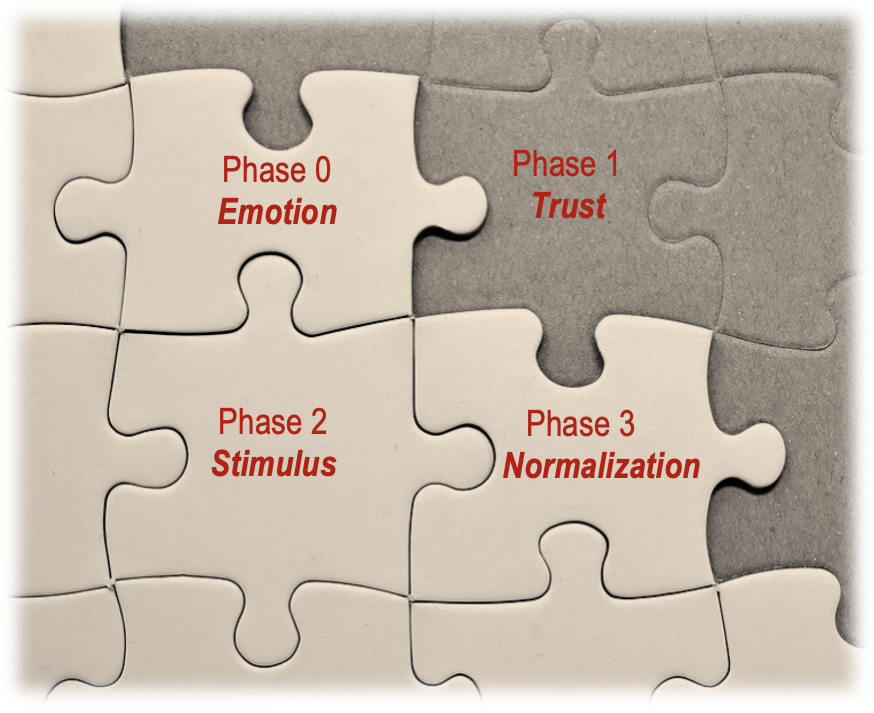The critical situation that the tourism industry is experiencing for more than 12 months has led to a more intense insertion of innovative ideas and solutions, seeking to take advantage of the crisis efficiently. Among the aspects that have gained the most attention and where more effort has been put in order to recover the functioning of the sector have been those relating to technology, marketing, new commercial and distribution channels, among others.
In this sense, according to Manuel Molina, the CEO of the large Central European cooperative of tourism intermediation TSS Group, in the II South Forum dedicated to the recovery of the German tourism market, it is essential to work intensively on the marketing tools in the current circumstances to not lose the target market and even expand it.
The tools of this nature have been the most important allies of companies throughout these months marked by uncertainty. Since the beginning of the pandemic, digital marketing solutions have clearly served to maintain and reinforce contact with customers, feed their desire to travel, adapting at all times the creative capacities of companies to the given context. In fact, several customer segments showed appreciation for being able to feel needed and expected, as well as for having up-to-date information on destinations, products and services and the experiences they may have based on all of this.
It is clear that marketing processes are quite complex and require joint efforts between various elements and actors. It is not just about promoting a destination, product or service, but about creating constructive relationships with end customers, as well as with other actors and institutions. Therefore, Molina and his team of TSS Group marketing experts indicate, marketing actions have to be planned and carried out following a cautious strategy, combining various aspects, insisting on exhaustive communication between the different agents that make up the sector, generating strategic partnerships and boosting customer bookings.
In the particular case of tourism intermediation companies, as they are the ones that link the different figures that are part of the tourism production and consumption process, it is even more important to have communication strategies and corporate relations at a level of excellence. This would ensure that the marketing campaigns meet the needs of each particular segment, transmit security and trust and are carried out as a result of the joint impulse between the associates.
In this sense, they propose 4 phases to take into account when planning marketing strategies in the current context and facing the crisis.

The so-called Phase 0 or the Emotion Phase transmits the importance of continuing to stimulate the client's desire to travel, present options, create or maintain places of desire and continue to act close to the client and the future, whatever the surrounding circumstances. All the actions that comprise this phase are carried out through basic communication.
Phase 1 or the Trust Phase has a marked orientation and communication following the B2B model. In this case, by highlighting the relevance of trust, the tourism companies themselves, first of all, have to trust in the recovery of tourist flows to the destinations, be prepared, have sufficient capacity to reduce uncertainties and have arguments to convince both end customers and associated companies or organizations.
In Phase 2 or the Stimulus Phase, with a B2C orientation, the perspectives, opportunities and availability of responsible travel are discussed. "This is the time when colorful dream images can be combined again with specific products aimed at stimulating customers to go on vacation" - TSS Group experts say.
Finally, there is Phase 3 or the Normalization Phase, in which one could once again rely on traveling and using conventional formats to interact with both clients and other companies, for example, the Face2Face format, focusing the orientation on both B2B and B2C addresses.
It is clear that most of the production processes have changed, and this crisis has had to be used to come up with new learning. In this new context, customer relationships will be key to reestablishing activity, since the predisposition and interest of a traveler in a destination or a specific product at the present time will largely define their success in the near future. Both the intermediaries, the producers of the experiences and the destinations have to adapt a uniform course of action in this context and establish relations with the tourist, showing once again that this situation can be overcome by joining forces and acting with prudence.

